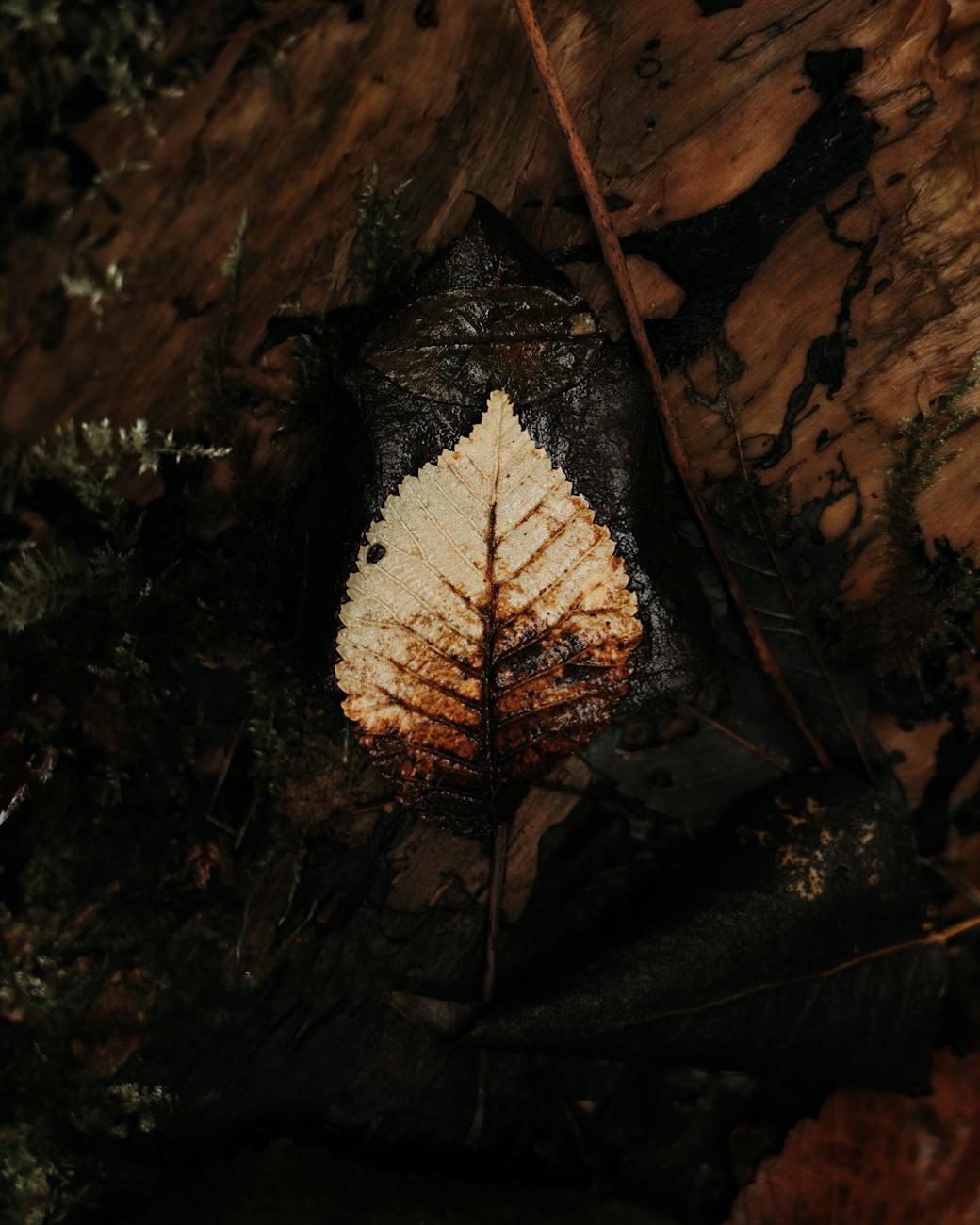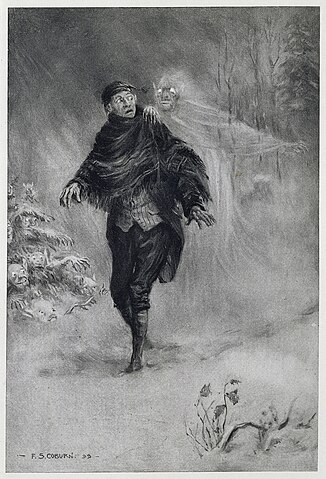In a previous post, we looked at a book entitled Strange Tales of Mystery and Imagination by Alex Hamer. I expressed my love for that book because it did a lot to steer me in the direction of short-form storytelling, which I love dearly. In this post, I would like to discuss another book that had a profound impact on me in my youth: The Vampire Almanac.
Overview of the Book
Author R. C. Welch wrote The Vampire Almanac along with Steve Feldman who illustrated the book. It was a Kidbacks novel published in 1995 from Random House New York. It came with the subtitle: “Everything you’ve been dying to know about vampire legends, vampire bats, Bram Stoker, vampire films, books, magazines, and television—plus an interview with a real vampirologist!”
In just a scant 63 pages, the book delivers on its title by offering a variety of information. These include stories, anecdotes, and lessons about vampires and vampire hunters. It also addresses strange creatures who are adjacent to the immortal bloodsuckers that we know through media and folklore.
Summary: The First Half of The Vampire Almanac
The book begins by defining a vampire, which according to the author is difficult to define. Vampires are either sensuous lovemaking monsters, or chocolate-loving creatures on cereal boxes. According to the author, they are also “sicko criminals,” or an animated corpse possessed by the spirit of a “criminal, heretic, or person” who died by suicide.
The book then defines vampires through history and anecdotes. These definitions come from ancient history up to the middle ages (500-1500). In addition, the book uses historical case studies from history, featuring the likes of Vlad Tepes and the Countess Elizabeth Bathory.
Summary: The Second Half of The Vampire Almanac
The almanac continues with an examination of vampire hunters. It offers up a really cool section on what vampire hunters should carry with them to defeat evil creatures of the night.
Here’s the list:
- Wooden stakes, approximately two feet long, with a sharp point and flat head for pounding.
- A hammer or mallet, used to drive stakes into vampires’ chests
- Cross and/or crucifix
- Garlic (fresh and whole is preferable to minced or powdered)
- Holy water
- Knife or saw, blessed by a priest if possible.
- Rope and crowbar (for climbing into graves and opening tightly sealed coffins)
- Flashlight or candles (to help you see in those dark places where vampires sleep).
The book finishes by discussing the proliferation of vampiric myths and interests in contemporaneous years to 1995. It also features an interview with Dr. Jeanne Keyes Youngson, who is the founder of the Count Dracula Fan Club. All of this is a bit dated, but there is definitely some charm in it. As such, you see the types of horror media that people were consuming, such as Interview with a Vampire (1994) and Bram Stoker’s Dracula (1992).
Conclusion
I love this book, and I will always keep it on my shelf with the best of them. I love it for what it’s trying to do and what it does well, which is take a light-hearted look at vampires. It is a horrific creature that haunts the shadows of our thoughts whenever we hear a wolf howl in the night or see a bat on a moonlit evening. One day, I will probably write a book just like it, because the format is so playful, joyous, and engaging. So, if you can get your hands on a copy of the Vampire Almanac, it’s certainly worth it! Even if it’s a little outdated.
Works Cited
Welch, R. C. Vampire Almanac. Random House, 1995.
Discover more from The Writing Post
Subscribe to get the latest posts sent to your email.



